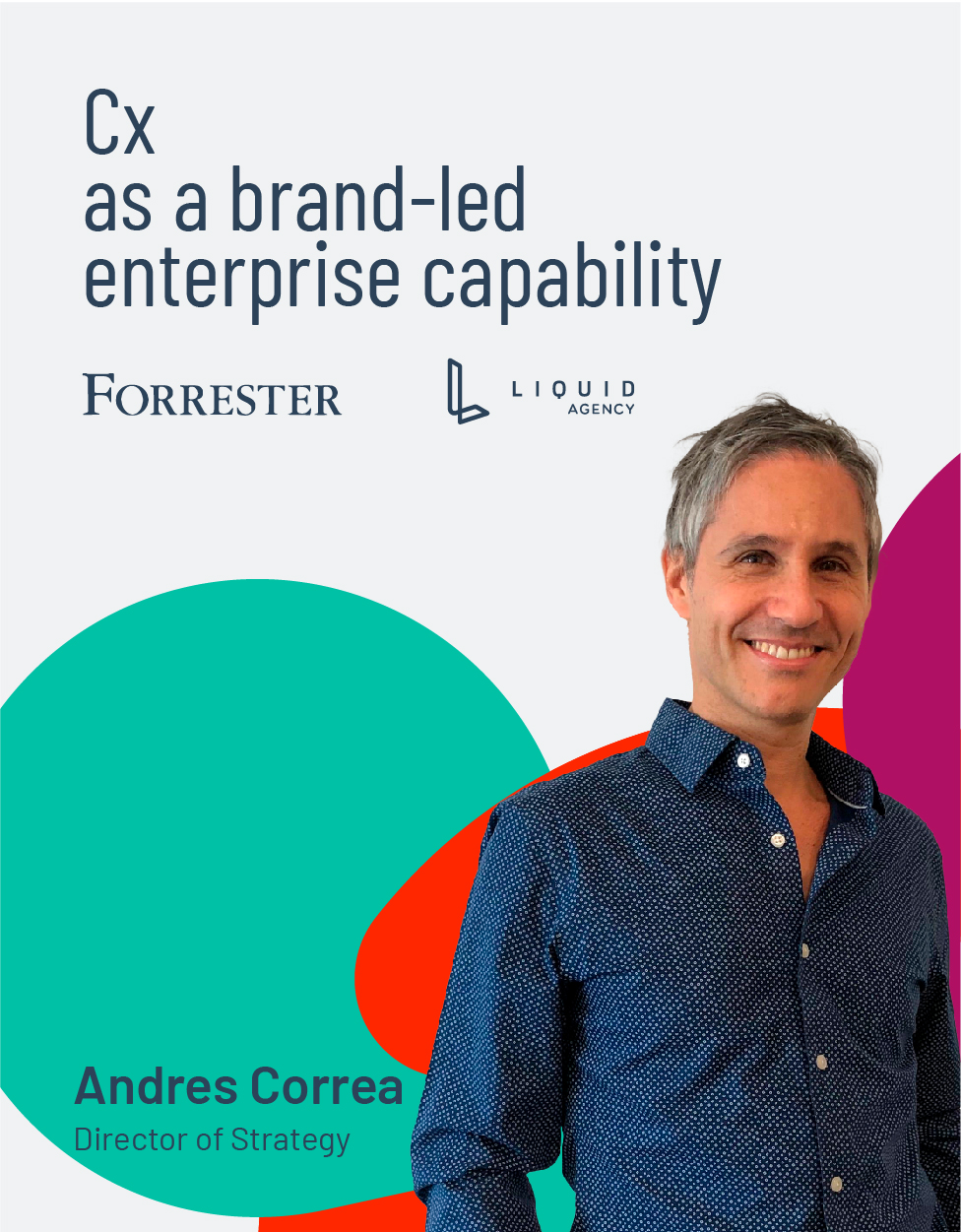From brief to campaign—the creative process

A thoroughly researched, strategy-backed and informative campaign brief leads to creativity unfettered.
As with all other creative endeavors, the creative process for brand campaigns is ultimately amorphous because different creatives utilize myriad approaches and techniques in their craft. Yet from the outside, there’s often a perceived tension between caricatures of client requirements and rigidity and creatives’ revulsion against anything short of 100% pure, uncut freedom.
But it’s crucial to establish that successful brand campaigns—especially those that cause the biggest splashes and longest-lasting ripples—aren’t serendipitous. They’re firmly rooted in brand strategy informed by a wealth of research, deep knowledge of a target audience and an understanding of how the brand solves that audience’s problem.
Creative briefs—guardrails and contracts
Let creatives be creative and embrace all their instincts, impulses and everything from those sudden bursts of inspiration that overcome mental blocks while on midday walks to the bodega down the block to those batshit crazy ideas that emerge from caffeine- and stress-induced hazes at 2 a.m. (which they’re convinced no client will ever run with but it just seems to fit and they can’t resist).
No argument here.
And that’s precisely why creative briefs are so important.
As the contract between the client and the creative department, the brief functions as a set of guardrails or a compass providing orientation. By collating brand strategy, the target audience (and brand believers), the broader cultural landscape, the audience’s problem, the solution to it, the main creative line and what finished work needs delivering, the brief establishes the campaign’s five W’s of “who, what, where, when and why.”
But it leaves the sixth—“hoW”–wide open.

Post-brief and the creative kickoff
Once the brief is finalized, the fun (and a fair bit of mentally exhausting work) begins.
It’s also where clients finally begin seeing the true impact of the enormous effort thrown behind research, statistical analysis, psychographics, their swarming and co-creation. There’s growing understanding and feeling of continual progress all along that path—but campaign creation, design and other creative endeavors are where those efforts begin paying off tangibly. Everyone involved (especially the swarmers and co-creators) can see, touch and feel their own contributions.
And who doesn’t get excited when they see their contributions brought to life? The enthusiasm and connection involved with shared creation is contagious.
Creative territories
The creative team first delivers that experience through the campaign’s “creative territories” (or “creative platforms”).
Creative territories are campaign iterations that fall under the overarching campaign’s umbrella (most importantly, the main creative line or key idea encapsulating it). They leverage strategy-informed tactics and experiential ideas that ladder up to the overarching campaign. Each territory should include elements like:
- Its own hero line
- A short (three to five sentence) write-up of its core idea or essence
- Tonal examples
- Visual and conceptual standpoints
- Supportive messaging
- (Loose) art direction
And creating these territories requires close collaboration between the creative team and others (e.g., media, customer experience). That way, the creative team ensures the campaign’s alignment with brand strategy never strays regardless of how unconventional or outlandish they get.
The creative team can arrive at any number of destinations, but as long as the brief, brand strategy, brand believers and research remain their guides, they’ll never get lost. Every one of those destinations is “right.”
Creating a campaign playbook
After campaign territories receive final go-ahead, they can be collected in a “campaign playbook.” This is a tool that enables clients (or other partners) to activate the campaign themselves. Perhaps they’re looking to introduce new messaging that still aligns with the campaign, launch the campaign through a different channel or target another audience segment.
With the campaign playbook, unlimited activations become accessible.

Blank page terror
From a creative’s perspective, the post-brief kickoff is among the most conflicting—simultaneously filled with excitement and open-ended possibilities as well as the daunting task of producing work that lives up to the brief, everyone’s prior contributions and client expectations.
Blank pages loom large when racking the brain for ideas.
That’s why those involved in the creative process need to find comfort in the uncomfortable. And when they get stuck, leaning further on the creative brief as the campaign’s foundation and collaborating with others for fresh perspectives can help ground the process, maintain progress and instill confidence.
Filling the blank page
Just like every phase leading up to the contract-establishing creative brief, co-creation among a team is essential to filling the blank page. Ideas come from everywhere, and true team collaboration between the art director, writer and everyone else involved enables creativity to bloom.
But that collaboration also hinges on the creative team’s understanding of and (reasonable) respect for each others’ processes—their individual and the group’s “hoWs.” Every creative team works a little differently when getting hands-on in the process, and it’s the team director’s responsibility to ensure they play to their strengths, support each other and approach the work in a way that feels right.
Convergent and divergent approaches to creation
Generally, one tried-and-true way to kickstart the team’s creative process is to leverage convergent and divergent thinking.
The former might involve an in-person session where everyone throws out every idea that pops into their head to see what sticks by the end of the day—and then take those ideas and flesh them out further. The latter might send everyone off to sit with the brief for a day or two and see what they come up with on their own before coming back together with a roundtable session.
Ultimately, the order of convergent and divergent thinking doesn’t matter outside of what best fits the creative team and the given project (assuming there’s no time-dependent restrictions.)
Again, the “hoW”—regarding both the creative process and the campaign itself—remains wide open.
The brief-enabled balance between directed strategy and open creativity
With a strong brief establishing the contract between clients and creative teams, the creative process of building campaigns retains a firm adherence to brand strategy while embracing unlimited possibilities. And with the amount of research, statistical analysis, psychographics, swarming and co-creation that go into brand strategy, understanding brand believers and building the brief, wherever—and hoWever—the creative process reaches its destination is worth exploring.

